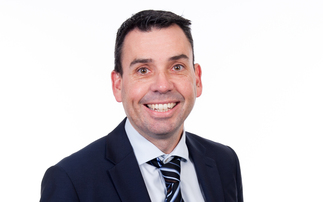The Pension Protection Fund is £3.6bn in surplus so is there potential for the lifeboat fund to begin insuring its liabilities? Natasha Browne investigates
At a glance The PPF posted a surplus of £3.6bn at the end of March Experts say it could look to de-risk its assets over time The fund admits it is operating in an “uncertain” world ...
To continue reading this article...
Join Professional Pensions
Become a Professional Pensions Lite Member today
- Three complimentary articles per month covering the latest real-time news, analysis and opinion from the industry
- Receive important and breaking news stories via our two daily news alerts
- Hear from industry experts and other forward-thinking leaders
Are you a trustee, investment consultant or in-house pension and benefit scheme professional? You can apply for full complimentary access here







